#commelinaceae
Text

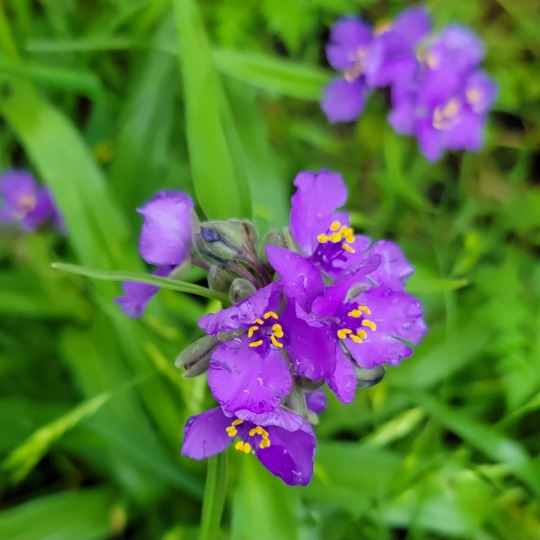







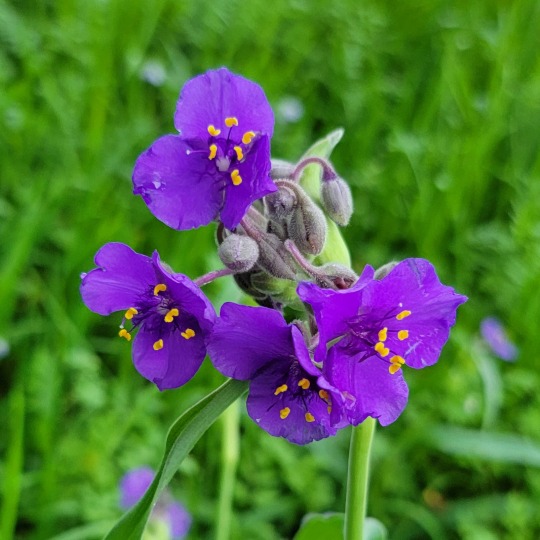
More Tradescantia gigantea, a bit rain battered. This population has a pretty wide variety of colors; the medium purples are the most common.
60 notes
·
View notes
Text
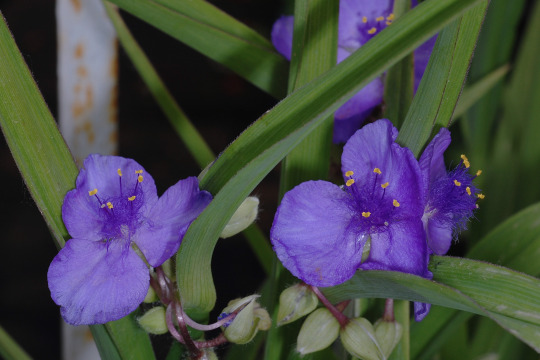
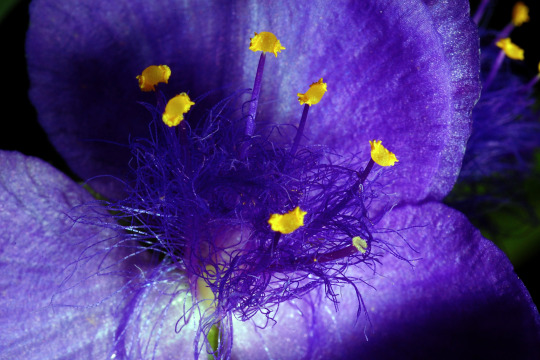
T – Tradescantia virginiana L. – Tradescanzia (Commelinaceae)
35 notes
·
View notes
Text
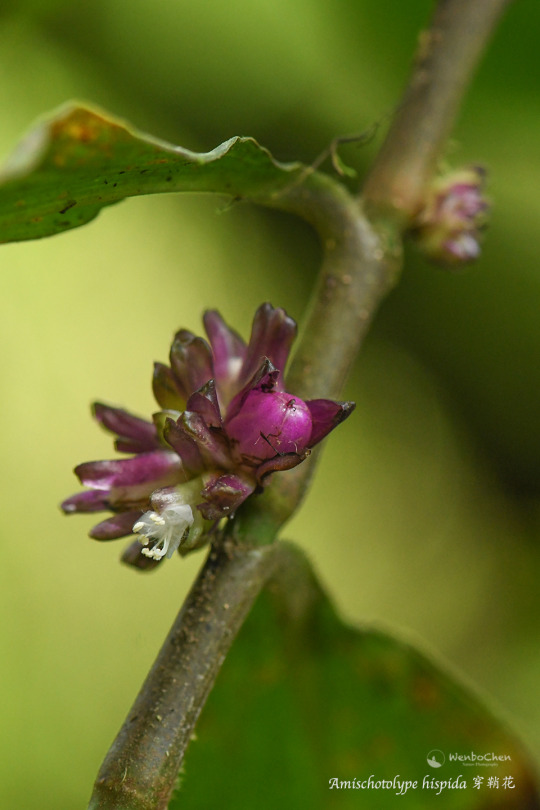
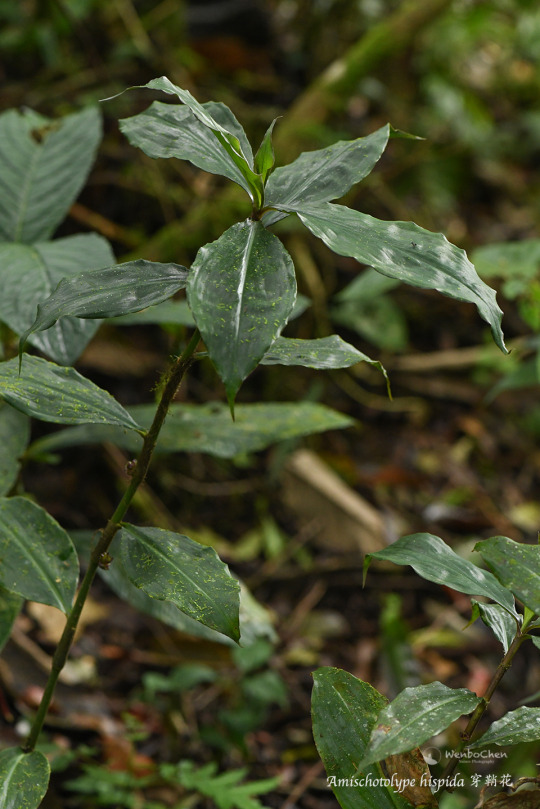
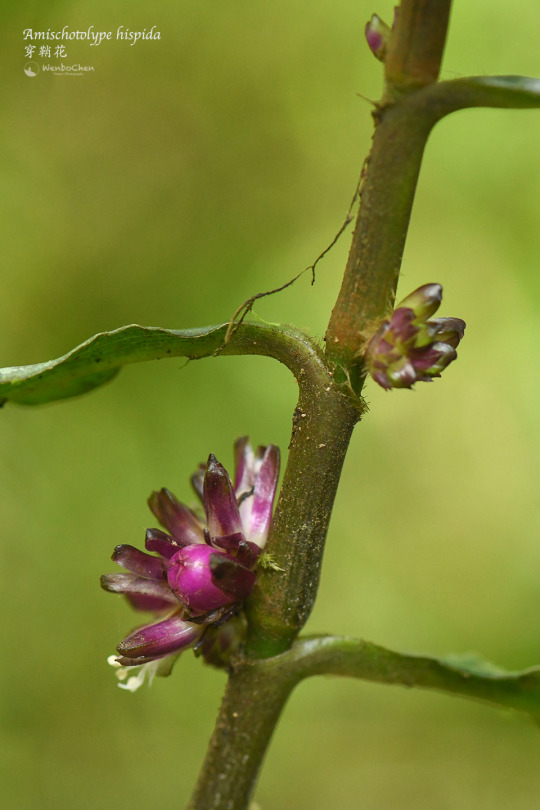
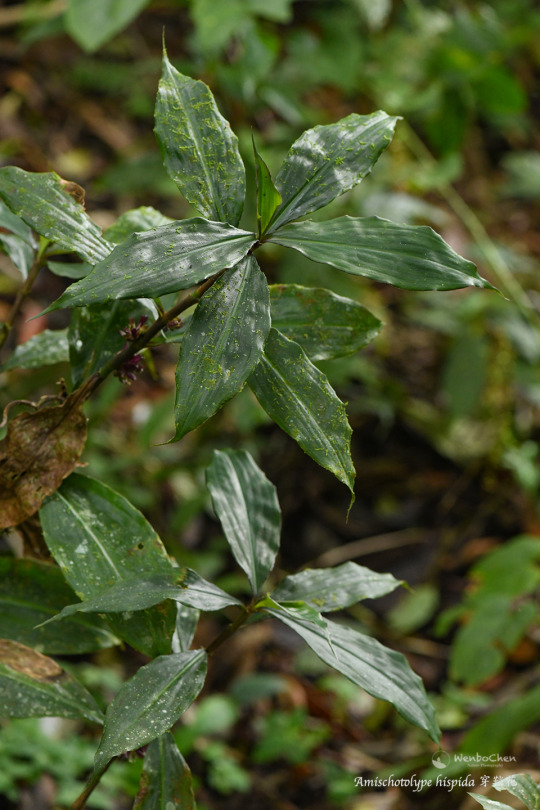
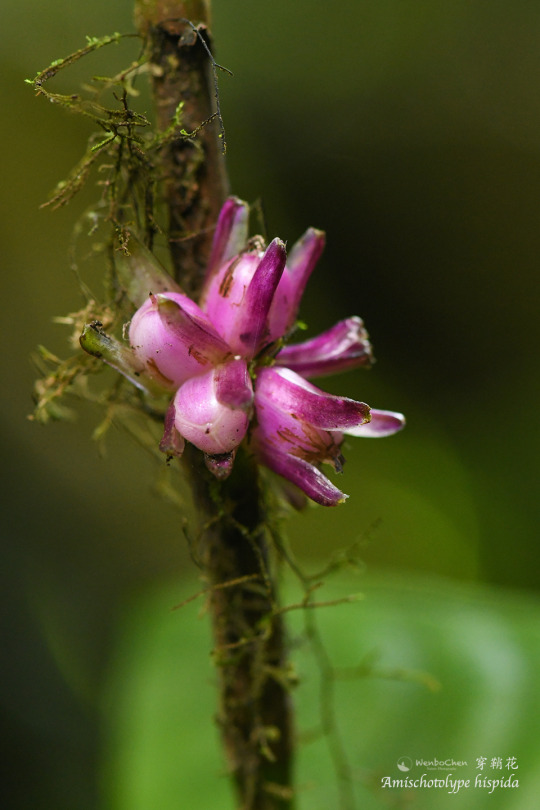
Amischotolype hispida, a Commelinaceae shrub. 穿鞘花
3 notes
·
View notes
Text
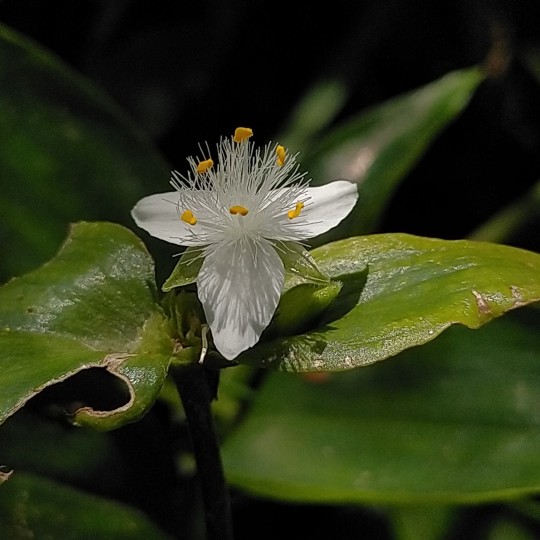
Tradescantia fluminensis
06-DEC-2022
Melbourne, Vic
#australia#victoria#melbourne#flower#white#white flower#small leaf spiderwort#river spiderwort#inchplant#speedy henry#commelinids#commelinales#commelinaceae#commelinoideae#tradescantieae#tradescantiinae#tradescantia#tradescantia fluminensis
0 notes
Text
Horny Asian teen enjoying hardcore sex
Iranian Step Mom
Cock Sucking Cougars Charlee Chase & Brooke Tyler Share Dick
Ebony Minx Amilian Kush Has Her Pussy Fingered and Filled with a Meaty Cock
Geeky tutor seduced by amateur oral
Teen rubs her peach after servicing giant hairy dick POV
Hottie Valentina Nappi Devours Neighbors Monster Cock
Nuru massage with hot girls
Slowly opening penis, pantyhose
REAL HIDDEN CAM Of Amateur Wife Coming Out Of Shower
#wood#yuletides#preseason#rib-breaking#Theophrastaceae#decussatively#yerbal#skeipp#chronophotography#radiobroadcaster#prenotifying#greed#cheese#Commelinaceae#Goclenius#splenia#shannon#extruding#open-hearth#Sadi
1 note
·
View note
Text

Callisia ornata
Scrub roseling
Telegraph Creek preserve, Lee County, Florida
November 02022
0 notes
Photo
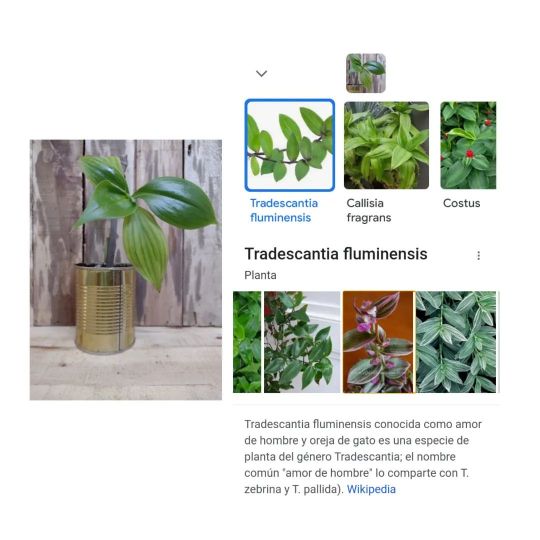
Tradescantia fluminensis conocida como amor de hombre y oreja de gato es una especie de planta del género Tradescantia; el nombre común "amor de hombre" lo comparte con T. zebrina y T. pallida). #TradescantiaFluminensis #Tradescantia #Fluminensis #Vell #Liliopsida #Magnoliophyta #Commelinaceae (en Mendoza, Argentina) https://www.instagram.com/p/CkL9Y7yps-1/?igshid=NGJjMDIxMWI=
0 notes
Text
Today's Haiku with Picture-64
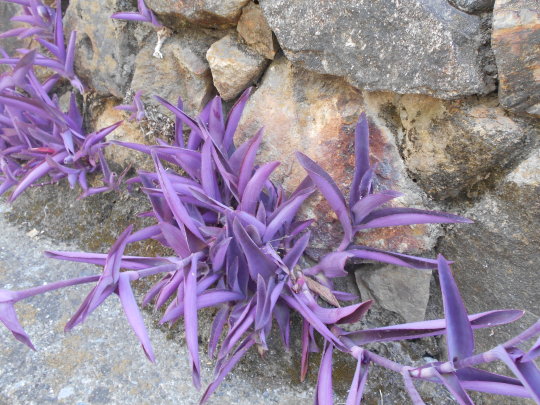
deep purple
gorgeous colors
It's a veil
紫が
ゴージャスなりや
ヴェールかな
bridal veil. In the Commelinaceae family, the whole plant is purple.
09.07.2022
#veil#bridal veil#deep purple#gorgeous#the Commelinaceae family#bridal#haiku#Today's Haiku with Picture
3 notes
·
View notes
Text

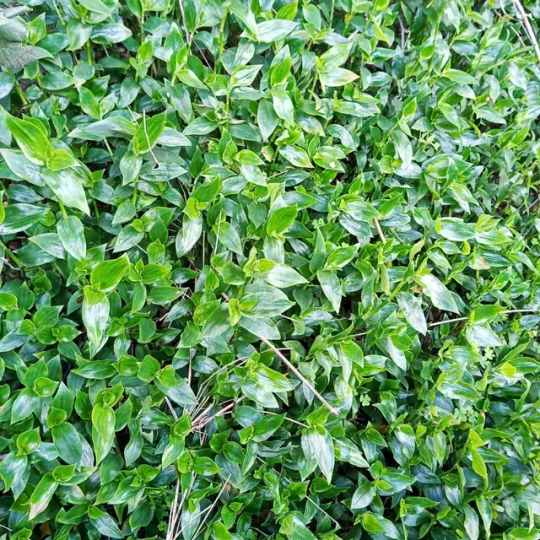
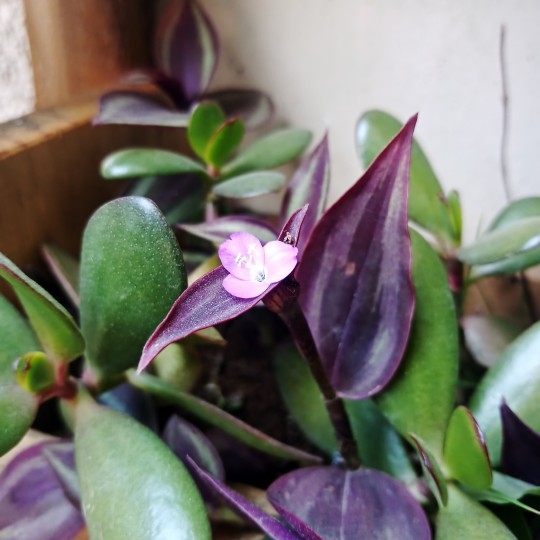

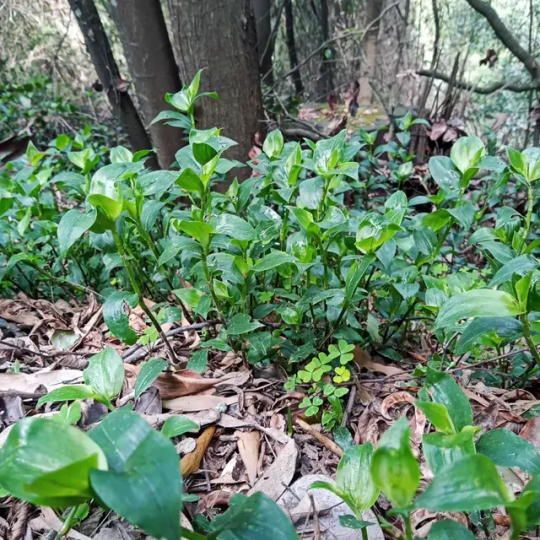
Zebrina
Tradescantia sp L.
Fam: Commelinaceae
The wild beauty of Tradescantias, captured in my garden, in the forest, and on the street. 🌿🌸
38 notes
·
View notes
Text

Asiatic Dayflower (Commelina communis)
Family: Spiderwort Family (Commelinaceae)
IUCN Conservation Status: Unassessed
Found naturally in damp, open environments across much of eastern and southeastern Asia, the Asiatic Dayflower is named for its extremely short-lived flowers, which wither within only around 24 hours of blooming. Lacking the ability to produce nectar, the flowers of this species instead attract pollinators such as bees and hoverflies using three different floral structures; bright blue petals (which are produced in pairs, and protrude upwards,) pale yellow structures called staminodes (which resemble tiny yellow flowers but are actually underdeveloped pollen-lacking stamens that serve only to draw in pollinators) and three pale dangling true stamens, which are the only part of the flower that actually bares pollen. Asiatic Dayflower flowers are able to both produce pollen and take in the pollen of other members of their species to fertilize the ova within them, and upon being fertilized a flower will develop small, pale, oval-shaped fruits that develop separately to the plant's stamens, allowing them to continue to spread their own pollen; the entire plant dies in the autumn/fall of the year it germinated in, and as it does so it leaves its fruits behind to be carried away by animals, allowing the four small seeds within to germinate in the following summer. Within its native range (particularly the island of Honshu, Japan) the petals of this species have historically been collected and used to produce blue dye (which is achieved by wringing a "juice" from the petals containing the blue pigment Commelinin,) and today members of this species are often cultivated for this purpose. The cultivation of this species, both for ornamental purposes and to be harvested for its dye, has also allowed it to become established as an invasive species in parts of North America.
——————————————————————————
Image Source: https://www.inaturalist.org/taxa/52927-Commelina-communis
#Asiatic Dayflower#plant#plants#botany#biology#wildlife#Asian wildlife#North American wildlife#flowering plants#flowering plant#flower#flowers#dayflower#dayflowers#wildlife biology#angiosperms#angiosperm#blue dye
13 notes
·
View notes
Text
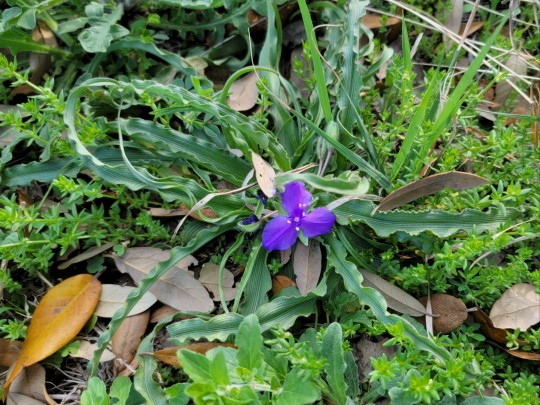

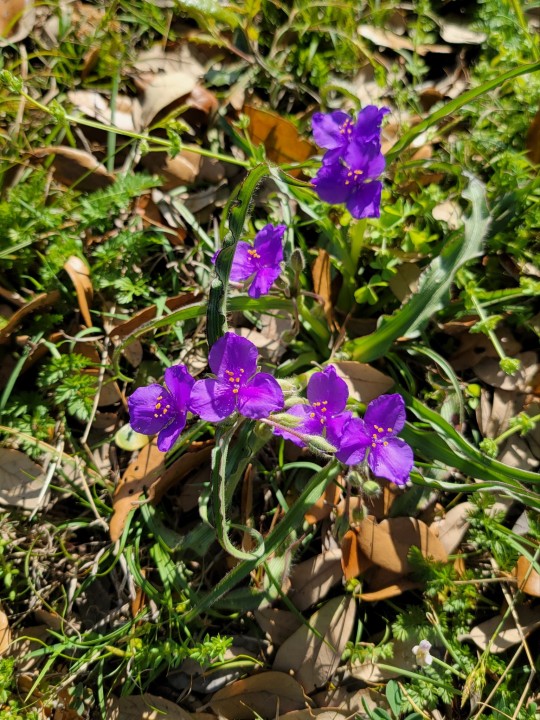

Texas spiderwort (Tradescantia humilis).
30 notes
·
View notes
Text
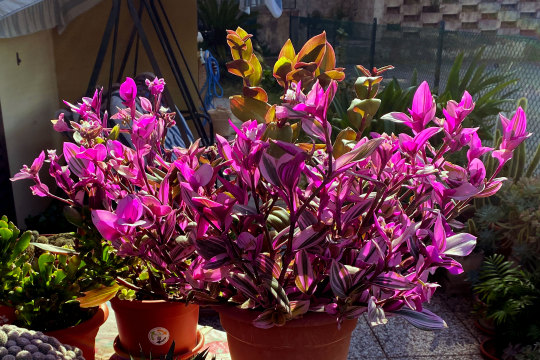
La Tradescanzia del vicino è sempre più rosea
38 notes
·
View notes
Text

Palisota bracteosa. This is a photograph that I think needs to be viewed at high resolution to be appreciated. Like many plants in the commelinaceae family, it has these cool anther filaments that are like a string of pearls.
7 notes
·
View notes
Text

Rei Kurahashi
Personification of the colour 'Tsuyukusa-iro'
The Tsuyukusa-iro, it is a bright light blue named after the flower of spiderwort blooming in the early morning of summer. In an annual plant of Commelinaceae, spiderwort has been clumps on the banks of the creek and roadside all over Japan. From what has been sliding dyed the cloth in the juice of flowers and leaves, called “grass arrived” the Hijaz, Written Tsukikusa, also duck head grass. It is used in the design work of the crest and dyed Yuzen today from a characteristic that can be bleached easily also, the sliding dyeing Mayo previous era. The color of invasive of Heian period, “table-Hanada, back, thin Hanada” in, it has been worn in the fall. By the way, from the very easy to fall color, spiderwort is also used as Makurakotoba take “Utsurou” to and “disappear”.
くらはしれい「露草」
19 notes
·
View notes
Text
Dicorisandra - Dichorisandra thyrsiflora

Nome Popular: Dicorisandra, marianhinha, cana-de-macaco, gengibre-azul, trapoeraba-azul
Nome Científico: Dichorisandra thyrsiflora
Família: Commelinaceae
Divisão: Angiospermae
Origem: Brasil
Ciclo de Vida: Perene
https://youtu.be/FGf_ZCMn4uQ
Descrição da Dicorisandra
Dicorisandra, marianinha, trapoeraba-azul, gengibre-azul... o que não faltam são nomes para a cana-de-macaco, uma planta com flores exóticas que aparecem o ano inteiro.
Normalmente é cultivada compondo maciços, enfeitando cercas, dando cor e emprestando a sua beleza verde envernizada a jardins sem muito brilho.
Arbusto tipicamente tropical, a dicorisandra apresenta folhas largas, brilhantes e coreáceas, com a nervura central verde-amarelada, com a face inferior arroxeada.
É ramificada na base, apresentado ramos erectos. As flores despontam o ano todo, em inflorescências terminais, e são de coloração azul-arroxeada.

Dicorisandra é uma planta muito rústica e florífera, adequando-se a maciços e conjuntos, em ronques junto a muros, assim como planta isolada.
Para que a planta cresça e atinja todo seu potencial, evite cultivá-la em cidades onde o inverno atinge temperaturas abaixo de 16ºC.
Da primavera até o outono, regue uma vez a cada dois dias, mas diminua a oferta de água durante os meses de frio, esperando que o solo fique completamente seco antes de regar novamente.
Caso a planta esteja em vaso, passe-a para um vaso maior anualmente, de preferência nas primeiras semanas de Setembro.
Devem ser cultivadas a pleno sol ou meia-sombra, em solos adubados com matéria orgânica e regados regularmente.
Não tolera geadas fortes. Multiplica-se pela divisão da planta, por estaca e por sementes.
Esta flor tem um inimigo: a podridão-vermelha (Colletotrichum dichorisandra) – um fungo que ataca principalmente a cana-de-açúcar, mas que também adora as folhas da cana-de-macaco, daí herdar o seu "sobrenome" dessa planta.
A sua presença é facilmente revelada por folhas cheias de manchas negras ou pardas em baixo relevo.
Caso a sua cana-de-macaco sofra desse mal, remova as folhas atacadas e trate sua planta com calda bordalesa, um excelente fungicida natural que pode ser preparado até mesmo em casa.
https://youtu.be/FGf_ZCMn4uQ
Para mais informações, clique aqui.
Read the full article
0 notes